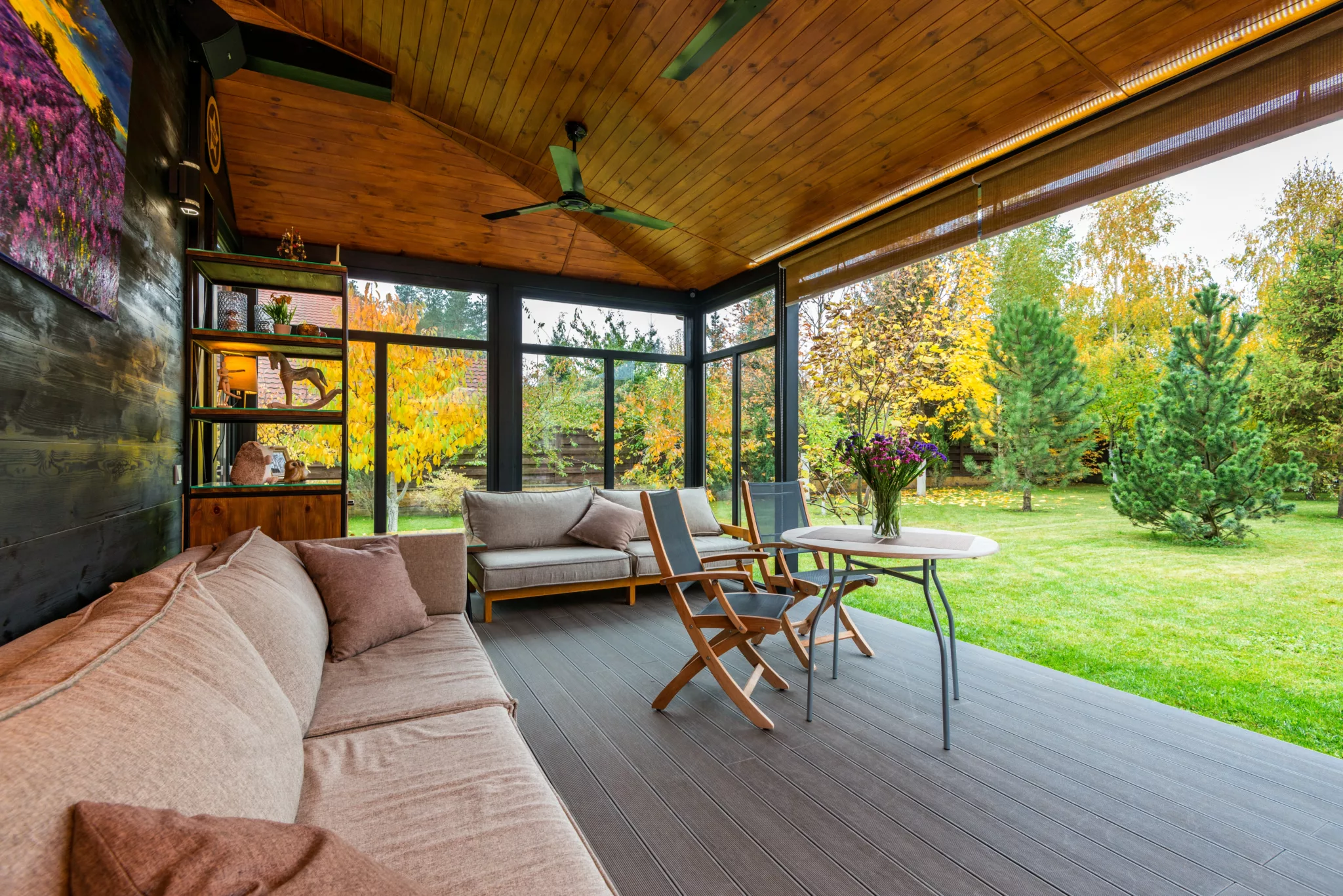Do you dream of having a perfect backyard, complete with a paved patio or walkway? If so, you've come to the right place.
In this article, you'll gain insights into the world of pavement, including an introduction to various materials. You'll also discover the step-by-step process of planning and installation of durable and long-lasting pavement in your backyard outdoor space.
Without further ado, let’s dive in!
Everything You Need To Know Before You Start Your Backyard Project

What Are the Benefits of Paving Your Backyard
Paving your backyard comes with a host of benefits, both aesthetic and functional. Whether you opt for a sleek concrete slab or an intricate brick pathway, pavement can transform your outdoor space into a stunning and enjoyable extension of your home.
Here are some of the key benefits you can enjoy by paving your backyard:
- Aesthetic appeal: Paved areas add character and charm to your backyard. Different materials and design options allow you to create a unique look that complements your home's exterior and reflects your personal style.
- Increased property value: Well-executed backyard pavement projects can significantly boost your property's value. Future buyers will appreciate a well-maintained and visually appealing outdoor space.
- Improved functionality: Paving provides sturdy, level surfaces ideal for outdoor furniture, BBQ grills, or play areas. Whether you love entertaining guests or enjoy outdoor family dinners, a paved area can accommodate a wide range of activities.
- Easy maintenance: Paved surfaces are easier to clean and maintain than grass or dirt. With regular care, they can withstand the elements and continue to look great for years.
- Environmental benefits: Certain pavement types, like permeable pavers, allow for better water management by reducing runoff and facilitating groundwater recharge.
Different Types of Pavement Materials
Natural stone, concrete, brick, and composite materials each bring their own unique benefits and are suitable for different applications. Here's what you need to know when deciding which material to use:
- Natural stone is a classic choice that brings a timeless appeal to any backyard. It's strong, durable, and can be used in a variety of applications.
- Concrete is a versatile material that can be used for both small and large projects. It's easy to maintain and offers a wide range of design options to suit any outdoor space.
- Brick has an old-world charm that can add an interesting aesthetic to your space. It's also incredibly durable and can stand up to harsh weather conditions.
- Composite materials are an innovation in pavement technology. They are often made of recycled materials and are a great choice for those looking to make an eco-friendly statement.
With so many options available, you can create a beautiful outdoor space that's both aesthetically pleasing and practical.
Steps to Plan Your Backyard Project
can be an exciting endeavor that promises to transform your outdoor space into something both aesthetically pleasing and practical. To ensure a successful outcome, it's essential to plan your backyard project carefully.
Here are the steps you should consider when embarking on a pavement project:
- Understand your backyard's specifics: Start by examining the terrain, drainage, and sun exposure of your backyard. This will help gauge the suitability of different pavement materials.
- Set up a budget: Establish a financial plan for your project. Consider costs of materials, installation, and future maintenance. Try to stick to your budget throughout the process to avoid unexpected expenses.
- Choose the right pavement material: Durability, cost, maintenance requirements, and aesthetics are all important factors to consider. Harder materials like concrete or brick might be suitable for high-traffic areas. While natural stone may be appealing, it could be more expensive and require more maintenance.
- Design the layout: Once you've chosen the suitable material, design your layout. Sketch out different ideas, experimenting with design elements. Leverage the unique colors, shapes, and patterns of your materials for a functional and aesthetic appeal.
How to Install Your Pavement
Once you've finished your planning, it's time to get to work laying your pavement! The installation process varies depending on the type of pavement you are planning to install. DIY installation is possible, but don’t forget to weigh the pros and cons of professional installation.
| DIY Installation | Professional Installation |
| Less expensive | More expensive |
| More time-consuming | Quicker installation |
| Risk of mistakes (depending on your own experience) | Quality guaranteed |
Once the site is prepared, gather your materials and tools. Ensure you have sufficient paving materials, a sturdy shovel, a builder's level, and a tamper, among other tools. Start the installation by laying a gravel base and compacting it firmly with a tamper.
Now comes the artistic part, i.e. laying the pavers. Arrange them according to the pattern you've chosen, paying close attention to alignment and spacing. Patterns should line up, and gaps between pavers should be consistent. Use a level frequently to maintain an even surface. Remember, patience is key here. Rushing might lead to a shoddy job that might cost you more time and money to fix later.
Once you lay all the pavers, fill in the joints with sand. This step locks the pavers in place and enhances the overall strength of the pavement. Be sure to sweep off any excess sand from the surface.
Taking the time to carefully lay your pavement will result in a sturdy and visually appealing backyard feature that stands the test of time.
Conclusion
Successful planning involves understanding your terrain, setting a budget, and selecting the right pavement material. To guarantee the enduring quality of your paved space, consistent maintenance practices such as regular sealing, crack assessment, and prompt resolution of drainage concerns are essential.
Armed with what you learned here, you should be ready to tackle your backyard pavement project with confidence. Happy paving!





Leave a Reply